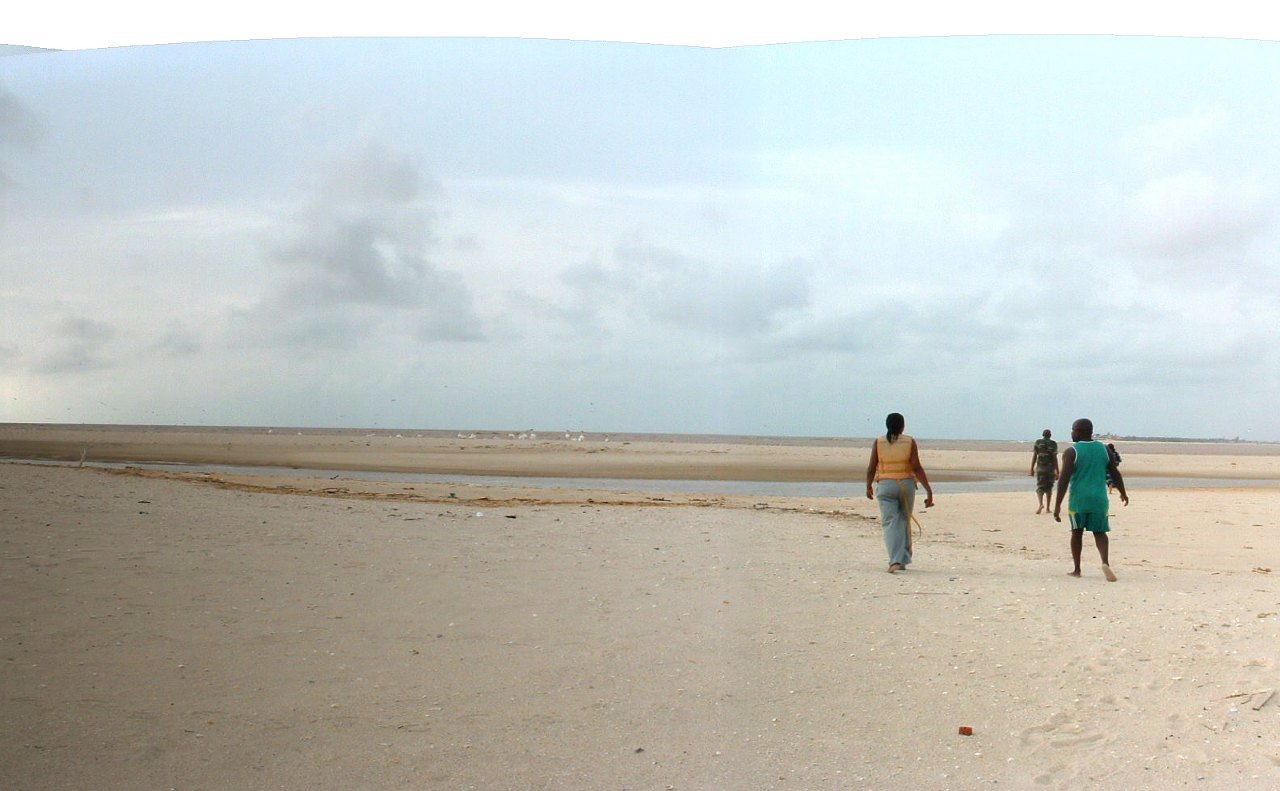Regeneration of Embankment Life in West Africa
Our reactions to maps invoke ideas of precision and accuracy, fixed conditions, the ability to navigate unerringly. On a map of Africa, the outline of the Sahara suggests all of these things. Yet there is nothing precise about it. It is not fixed. It spreads constantly. And at its southwestern margins, as Julia Bouvy discovered in setting up her biodiversity project, it threatens not only a major river, but the lives that depend on it. The Senegal River rises in Guinea and flows northwest across Mali, forming the border between Mauritania and Senegal before its waters travel on to debouch into the Atlantic Ocean. Saint Louis, on its Atlantic estuary, is an important port protected by UNESCO as a world heritage site that is also known as the New Orleans of Africa. The Senegal River passes through nearly a quarter of West Africa and is navigable, in all seasons, from its estuary to Podor; and in the wet season only, to Kayes. But, in the 1980s two dams were built on the river, one in Diama, a desalinisation dam; and a hydroelectric dam at Manangali in Mali. 'Both have dramatically changed the nature of the river, killing most of the existing ecosystems,' said Bouvy.
Julia Bouvy's research will help to co-ordinate future ecoprojects more effectively. With the loss of heavy boat traffic, the budget allocated for the upkeep of the river was withdrawn. 'Since then,' she said, 'it has gradually lost most of its bio-diversity, and fishing activities have died off. The river is therefore no longer the lifeblood for the locals. In 2003, the town of Saint Louis was heavily flooded, and as a response to this crisis, the government decided to relocate its estuary in the hope of relieving the town from its floods.' A 4m wide channel was cut through the Langue de Barbarie, 50km north of the existing estuary: the new, man-made estuary is now more than a kilometre wide. The Senegal River has been the focus of many small projects and studies, from plant nurseries to pisci-culture, and from fauna categorisation to new greenbelt development. 'These projects have been done in an uncoordinated way, and without any social engineering element,' said Bouvy. 'Social engineering, in this context, means the close and responsible involvement of local people in developing projects to ensure their long term success.'
Working with Senegalese government agencies and local NGOs, Bouvy has since developed a coherent projects masterplan for segments of the Senegal River and, having produced that macro template, will then pursue a single small biodiversity scheme to assess results at a micro-level.
